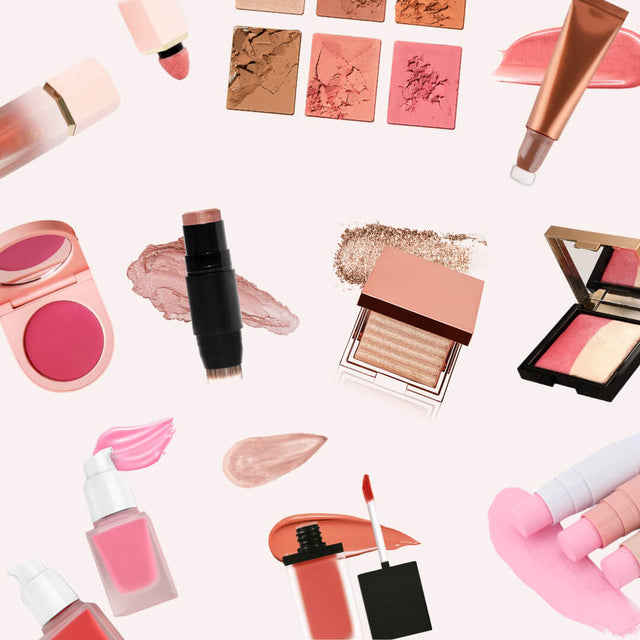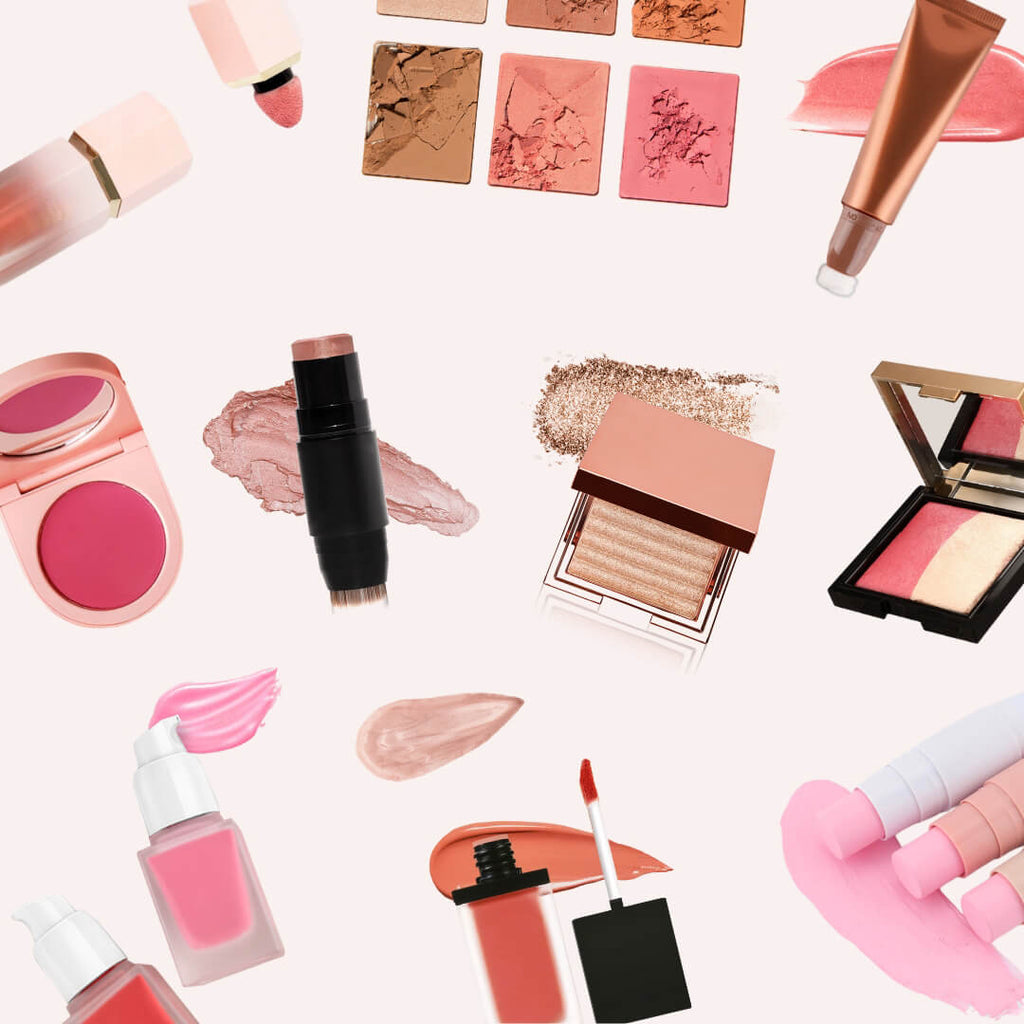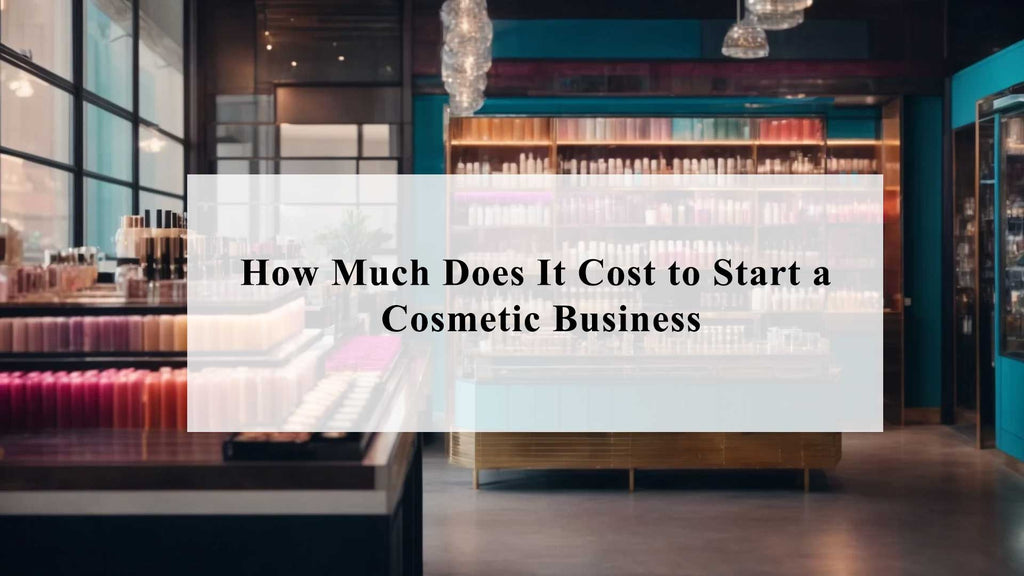![Cosmetic Formulation: A Beginner's Guide [Updated 2024]](http://sindebella.com/cdn/shop/articles/Cosmetic-Formulation-A-Beginner_s-Guide.jpg?v=1729326365&width=3840)
Cosmetic Formulation: A Beginner's Guide [Updated 2024]
Cosmetic Formulation: A Beginner's Guide [Updated 2024]
The world of cosmetics is a vibrant and ever-evolving landscape, filled with endless possibilities for innovation and self-expression. At its core lies the art and science of cosmetic formulation—a meticulous process that blends ingredients to create products that enhance our appearance and boost our confidence. This comprehensive guide will delve into the intricate world of cosmetic formulation, providing you with a thorough understanding of the fundamental principles and empowering you to embark on your own creative journey.
Understanding the Basics: What is Cosmetic Formulation?
Cosmetic formulation is the precise and calculated process of combining various ingredients in specific proportions to achieve a desired effect. It's not simply about mixing things together—it requires a deep understanding of chemistry, physics, and the properties of each ingredient. The goal is to create products that are not only visually appealing but also safe, effective, and stable over time.
The Ingredients that Make Up a Cosmetic Formula
A typical cosmetic formula is a symphony of ingredients, each playing a unique role in the final product. Here's a closer look at the key players:
- Active Ingredients: These are the stars of the show, responsible for the specific benefits a product delivers. Think of them as the workhorses that tackle concerns like wrinkles, dryness, or acne. Examples include retinol, hyaluronic acid, vitamin C, and SPF filters.
- Base Ingredients: These form the foundation of the product, providing the texture, consistency, and spreadability we experience. They act as the canvas upon which the active ingredients can perform their magic. Common base ingredients include emollients, humectants, thickeners, and emulsifiers.
- Preservatives: These unsung heroes ensure the product's longevity by preventing microbial growth. They act as guardians against spoilage, allowing us to enjoy our cosmetics for an extended period. Parabens and phenoxyethanol are frequently used preservatives.
- Emollients: These luxurious ingredients soften and smooth the skin, leaving it feeling supple and hydrated. They act as moisturizers, replenishing the skin's natural oils and enhancing its barrier function. Examples include shea butter, cocoa butter, and jojoba oil.
- Humectants: These powerful ingredients attract and retain moisture, keeping the skin hydrated and plump. They work by drawing water from the air and locking it into the skin. Hyaluronic acid, glycerin, and sorbitol are common examples.
- Thickeners: These ingredients adjust the viscosity of the product, giving it the desired texture. They can transform a runny liquid into a cream or gel, ensuring a pleasant application experience. Examples include xanthan gum, carrageenan, and guar gum.
- Surfactants: These ingredients aid in cleaning and emulsifying, allowing different ingredients to blend together seamlessly. They act as detergents, enabling products to remove dirt and oil while creating stable emulsions. Examples include sodium lauryl sulfate (SLS) and sodium laureth sulfate (SLES).
- Pigments and Colors: These ingredients add visual appeal to the product, creating the desired shades and effects. They are essential for makeup products, allowing us to create a wide range of looks. Iron oxides, mica, and titanium dioxide are common pigments used in cosmetics.
- Fragrances: These ingredients enhance the sensory experience of the product, providing a pleasant aroma. They can evoke emotions, create a mood, or simply add a touch of luxury. Fragrances are often a blend of essential oils, synthetic molecules, and other aromatic compounds.
The Formulation Process: A Step-by-Step Guide
Creating a cosmetic formula is a journey that involves careful planning, meticulous execution, and a commitment to quality. It's a process that can be broken down into distinct steps:
- Product Concept Development: The journey begins with a clear vision. What kind of product are you aiming to create? What are its intended benefits? Who is your target audience? By carefully defining your product concept, you set the stage for success.
- Ingredient Selection: This is where the real magic happens. You'll need to select ingredients that align with your product concept, considering their properties, safety, and efficacy. It's crucial to research each ingredient thoroughly, understanding its potential benefits and drawbacks.
- Formula Development: The heart of the process lies in experimentation. You'll need to combine your chosen ingredients in various proportions, testing each combination to achieve the desired texture, consistency, and performance. It's a process of trial and error, requiring patience and a keen eye for detail.
- Testing and Evaluation: Once you have a promising formula, it's essential to put it through its paces. Stability tests ensure that the product remains consistent over time, while safety tests confirm that it's non-irritating and non-toxic. Efficacy tests demonstrate that the product delivers its intended benefits.
- Packaging and Labeling: Your product needs a beautiful and functional home. Choose packaging materials that are compatible with the formula and aesthetically pleasing. The labeling must provide clear and accurate information about the product's ingredients, usage instructions, and any relevant warnings.
Embarking on Your Cosmetic Formulation Journey
If you're ready to dive into the world of cosmetic formulation, here's a roadmap to help you navigate this exciting adventure:
- Educate Yourself: The first step is to arm yourself with knowledge. Enroll in online courses, read books and articles from reputable sources, and attend workshops to gain a solid foundation in cosmetic chemistry, ingredient properties, and regulatory requirements.
- Start Small: Begin with simple formulations, gradually increasing complexity as you gain experience. Start with basic products like a simple lotion or lip balm. This allows you to master the fundamentals before tackling more challenging projects.
- Invest in Essential Tools: You'll need a few essential tools to get started. A good set of scales for precise measurements, beakers and flasks for mixing, spatulas for blending, and a thermometer for temperature control are all crucial.
- Source High-Quality Ingredients: The quality of your ingredients directly impacts the quality of your final product. Choose reputable suppliers that offer high-quality ingredients with clear documentation and certifications. Look for ingredients that are ethically sourced and meet industry standards.
- Prioritize Safety: Always prioritize safety when working with chemicals. Wear appropriate protective gear, such as gloves, goggles, and a lab coat. Work in a well-ventilated area and store chemicals properly.
- Stay Updated: The world of cosmetics is constantly evolving, with new ingredients and technologies emerging regularly. Stay abreast of industry trends, read scientific journals, and attend conferences to keep your knowledge current.
Professional Cosmetic Formulation Services: Your Path to Success
For aspiring entrepreneurs and established businesses seeking expert assistance in cosmetic formulation, several professional services are available.
- Sindebella: As a leading name in the private label cosmetic manufacturing industry, Sindebella provides comprehensive formulation services, from initial product development to ingredient sourcing and manufacturing. They have a team of experienced formulators who can help you create unique and high-quality products that meet your specific needs.
- Makeup Laboratories: These specialized facilities possess expertise in formulating a wide range of makeup products, from foundations and concealers to eye shadows and lipsticks. They offer tailored services to help brands develop their signature looks and create innovative makeup solutions.
- Private Label Makeup Manufacturers: These companies offer a turnkey solution, handling all aspects of formulation, packaging, and labeling to help you create your own brand of makeup products. They provide the infrastructure and expertise needed to bring your vision to life.
Conclusion: Embrace the Beauty of Cosmetic Formulation
Cosmetic formulation is a captivating journey that combines scientific precision with creative expression. It allows you to create beauty products that are not only effective but also reflect your unique style and vision. Whether you're an aspiring entrepreneur or simply passionate about creating your own beauty concoctions, the world of cosmetic formulation offers endless opportunities for exploration and discovery. Embrace the challenge, learn from your experiences, and let your creativity shine as you embark on this exciting adventure.



